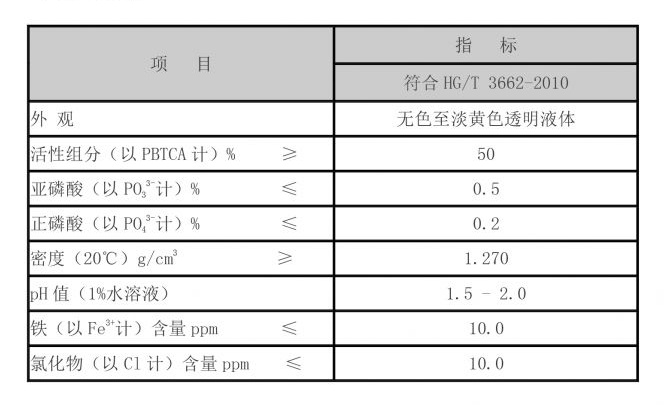polyacrylamide formation
Polyacrylamide Formation Understanding the Process and Applications
Polyacrylamide (PAM) is a versatile synthetic polymer widely recognized for its ability to enhance water retention, improve soil structure, and facilitate a range of industrial processes. This article explores the formation of polyacrylamide, its chemical properties, and its diverse applications in various fields.
Chemical Formation of Polyacrylamide
The formation of polyacrylamide involves the polymerization of acrylamide monomers, which can be illustrated through two primary methods free radical polymerization and solution polymerization. In the free radical polymerization process, the reaction initiates by generating free radicals that react with acrylamide to form an active center. This active center then reacts with another acrylamide molecule, leading to the growth of a polymer chain. Various initiators, such as potassium persulfate or azo compounds, can be used to generate the free radicals, controlling the rate and extent of polymerization.
Once initiated, the polymerization process continues as the active center propagates through successive additions of acrylamide molecules, resulting in long-chain polyacrylamide. The polymer can be cross-linked using agents like N,N'-methylenebisacrylamide, which enhances its structural integrity and creates a three-dimensional network, pivotal for certain applications. Manipulating the degree of cross-linking, molecular weight, and solution conditions allows manufacturers to tailor the properties of polyacrylamide for specific purposes.
Physical and Chemical Properties
Polyacrylamide is characterized by its high molecular weight and ability to absorb large quantities of water, forming a gel-like substance. These properties are attributed to the presence of numerous amide groups in the polymer backbone, which are capable of hydrogen bonding with water molecules. Depending on the degree of hydrolysis, polyacrylamide can be categorized into three main types non-ionic, anionic, and cationic. Each type exhibits distinct characteristics and is suited for different applications. For instance, anionic polyacrylamide is often used in wastewater treatment, while cationic varieties are frequently employed in paper manufacturing.
polyacrylamide formation

Applications of Polyacrylamide
The applications of polyacrylamide are vast and varied, spanning multiple industries. In agriculture, PAM is employed as a soil conditioner, enhancing water retention and reducing erosion. It also plays a vital role in irrigation by improving water infiltration and reducing runoff.
In the water treatment sector, polyacrylamide is utilized as a flocculant to assist in the removal of suspended solids from wastewater. Its ability to bind with particles not only aids in clarification processes but also enhances the efficiency of sludge dewatering.
Additionally, in the oil and gas industry, polyacrylamide is used in enhanced oil recovery processes, where it helps improve the mobility of oil within reservoirs. Its thickening properties can further assist in the drilling process by stabilizing drilling fluids.
In the field of cosmetics and pharmaceuticals, polyacrylamide serves as a thickening agent in various products, demonstrating its versatility in formulation.
Conclusion
In summary, the formation of polyacrylamide through polymerization of acrylamide monomers results in a valuable polymer with extensive applications across numerous sectors. Understanding its chemical properties and formation processes not only illuminates its significance but also encourages the continued exploration and innovation surrounding this essential material. Its multifaceted role in enhancing environmental sustainability, industrial efficiency, and product formulation underscores the importance of polyacrylamide in modern science and technology.
-
Water Treatment with Flocculant Water TreatmentNewsJun.12,2025
-
Polymaleic AnhydrideNewsJun.12,2025
-
Polyaspartic AcidNewsJun.12,2025
-
Enhance Industrial Processes with IsothiazolinonesNewsJun.12,2025
-
Enhance Industrial Processes with PBTCA SolutionsNewsJun.12,2025
-
Dodecyldimethylbenzylammonium Chloride SolutionsNewsJun.12,2025





